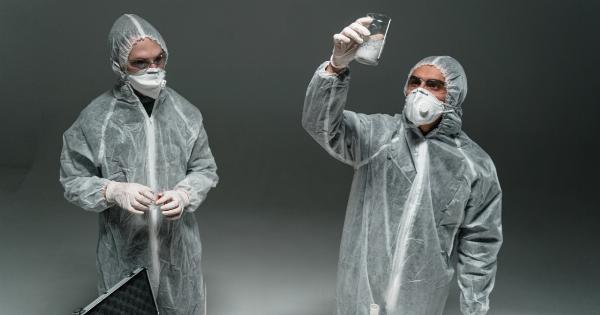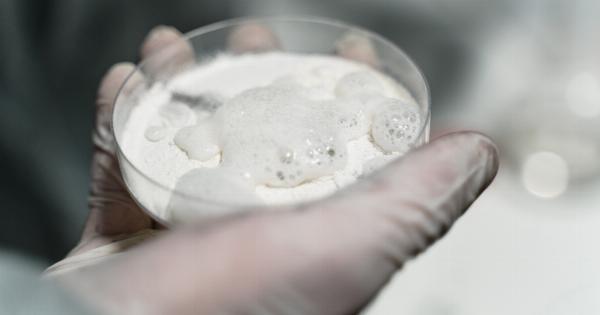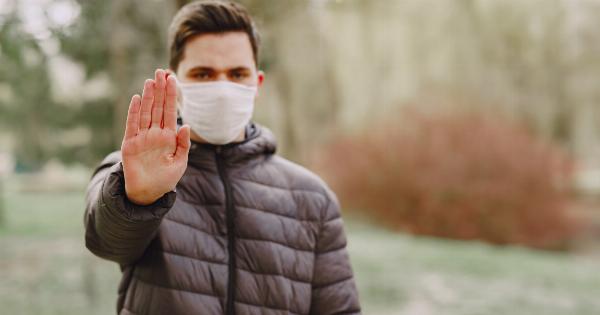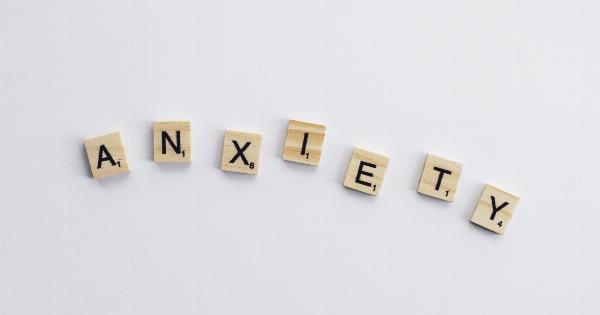With the ongoing COVID-19 pandemic, the use of face masks has become a crucial preventive measure to minimize the spread of the virus. However, concerns regarding reduced oxygen intake while wearing masks have surfaced.
In this article, we will explore the scientific evidence behind claims of reduced oxygen intake while masking up.
The Function of Masks
Masks serve as a physical barrier to prevent respiratory droplets from being released into the air when an individual talks, coughs, or sneezes.
They protect both the wearer and those around them by reducing the risk of transmitting respiratory infections.
Understanding Oxygen Intake
Oxygen intake is a vital physiological process that sustains life. The oxygen we breathe in enters our lungs, where it is transported to our bloodstream and then distributed to various parts of our body.
The human body is designed to maintain oxygen levels within a narrow range to ensure proper function.
Mask Types and Oxygen Permeability
There are various types of masks available, including surgical masks, N95 respirators, cloth masks, and more. These masks differ in their materials, design, and filtration capabilities.
It is important to note that different masks offer different levels of oxygen permeability.
The Misconception: Hypoxia Due to Masks
One common claim is that wearing masks can lead to hypoxia, a condition characterized by low oxygen levels in the body’s tissues. However, scientific evidence does not support this claim.
Several studies have been conducted to assess the impact of masks on oxygen levels, consistently demonstrating that normal mask usage does not cause hypoxia.
Scientific Studies on Oxygen Levels
A study published in the journal Annals of the American Thoracic Society examined the oxygen levels of healthcare workers wearing surgical masks. The results showed that wearing masks did not lead to significant changes in oxygen saturation levels.
Another study conducted at the University of California, Irvine, involved participants wearing N95 respirators while performing various activities.
The findings revealed no significant differences in oxygen levels between mask wearers and those without masks.
Factors Affecting Oxygen Intake
While masks do not cause decreased oxygen levels, certain factors can influence oxygen intake. These factors include the fit of the mask, extended wear without breaks, and pre-existing respiratory conditions.
A well-fitting mask ensures proper airflow and minimizes leakage. It is essential to choose masks that provide a snug fit while still allowing comfortable breathing.
Extended wear without breaks may lead to discomfort due to increased humidity within the mask, but it does not result in reduced oxygen levels. It is advisable to take short breaks when feasible to prevent potential discomfort or irritation.
Individuals with pre-existing respiratory conditions may experience difficulties with masks, as these conditions can affect lung function. In such cases, consulting a healthcare provider for alternative mask options or strategies is recommended.
Benefits of Masks Outweigh Potential Discomfort
While concerns about reduced oxygen intake when wearing masks have been raised, it is crucial to understand that the benefits of mask usage outweigh the potential discomfort.
Masks play a crucial role in preventing the spread of COVID-19 and protecting individuals, particularly those who are more vulnerable to severe illness.
Studies have shown that masks effectively reduce the transmission of respiratory droplets, helping to curb the spread of the virus.
By wearing masks, individuals contribute to the collective effort of minimizing community transmission and protecting public health.
Conclusion
Scientific evidence overwhelmingly refutes claims of reduced oxygen intake while wearing masks. Wearing masks is a vital preventive measure that plays a critical role in preventing the spread of COVID-19.
It is crucial to rely on reliable scientific information and expert recommendations to make informed decisions regarding mask usage.






























